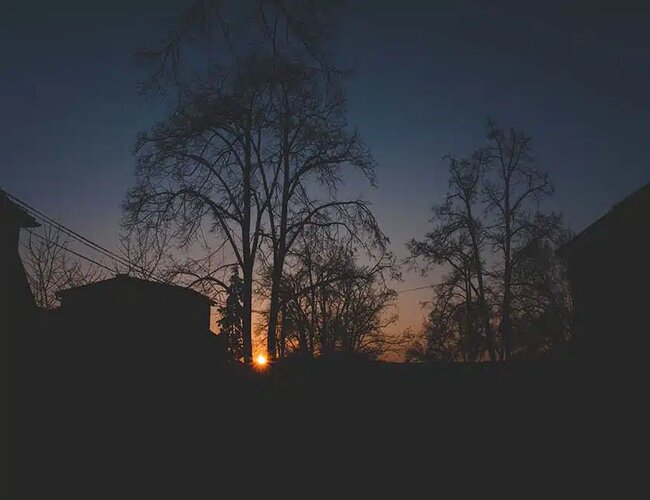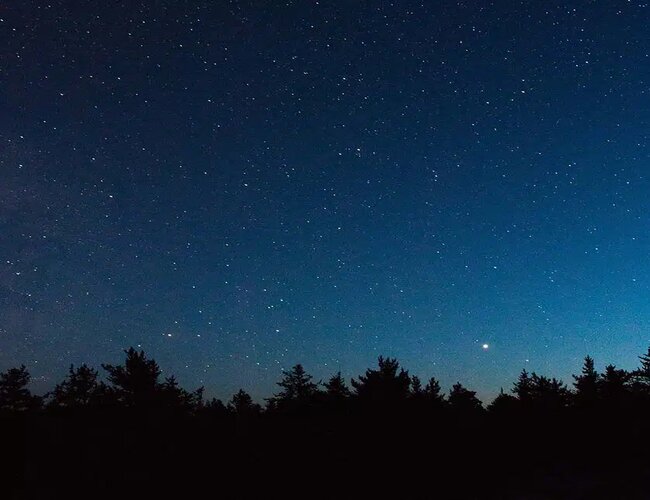Welcome to the October night sky. This is the month that sees the return of the longer and darker nights of Autumn, also with less mosquitos.
We only have two notable meteor showers in October.
The first is the Draconids on the night of the 8th, on until the 10th. Later in the month, we have the Orionids on the night of the 23rd, on until the morning of the 22nd. This shower is dust left over from the tail of Comet Halley.
October is a good month for the planets, with Mercury seen rising over in the east early on in the month. This planet is never far from the Sun, but it will be at its highest point above the sunrise horizon on the morning of the 8th.
The red planet Mars starts its period of best visibility for 2022 by rising in the east at about 10pm. Mars will steadily brighten as the year progresses. The Moon will be seen just above Mars on the evening of the 14th.
The gas giant planet Jupiter is still well visible in the constellation of Pisces. This planet is past opposition, but it is still bright and easily seen as it moves further west during October evenings. The nearly full Moon is close on the 8th.
The ringed planet Saturn is further west than Jupiter in October and the Moon will be close to this planet on the 5th. Saturn is in the constellation of Capricornus.
This Autumn we will have a chance to see the two other gas and ice giant planets called Uranus and Neptune. To find them in the night sky, you will need a small telescope or powerful binoculars and a good star map that shows stars that go to magnitude nine.
Uranus is brighter than Neptune and possibly visible without a telescope in a very dark sky. This planet is in the constellation of Aries. Neptune is much fainter and in the constellation of Pisces. Both these planets will appear almost star-like in a small instrument. Uranus is slightly green while Neptune is slightly blue.
Uranus was discovered in 1781 by William Herschel from his back garden in Bath, England, using a small reflecting telescope that he built himself.
The discovery of Neptune was a joint effort by Urbain Le Verrier and John Couch Adams who calculated the position of Neptune separately. The Berlin Observatory used this position to discover the planet on the night of September 23, 1846. The observer was Heinrich d?€?Arrest.
Also, Galileu may have seen Neptune on December 28, 1612, and January 27, 1613, when he recorded an object that he thought was a star but may actually have been Neptune.
The Moon is at its first quarter on the 3rd, full on the 9th, last quarter on the 17th and new Moon on October 25.
By Clive Jackson
|| features@algarveresident.com
Clive Jackson is the director of the Camera Obscura ?€? Tavira EYE attraction, located near the Castle of Tavira. Specialising in education and public outreach.
281 322 527 | info@torredetavira.com www.torredetavira.com
To see the October Sky Map click on the pdf link below



